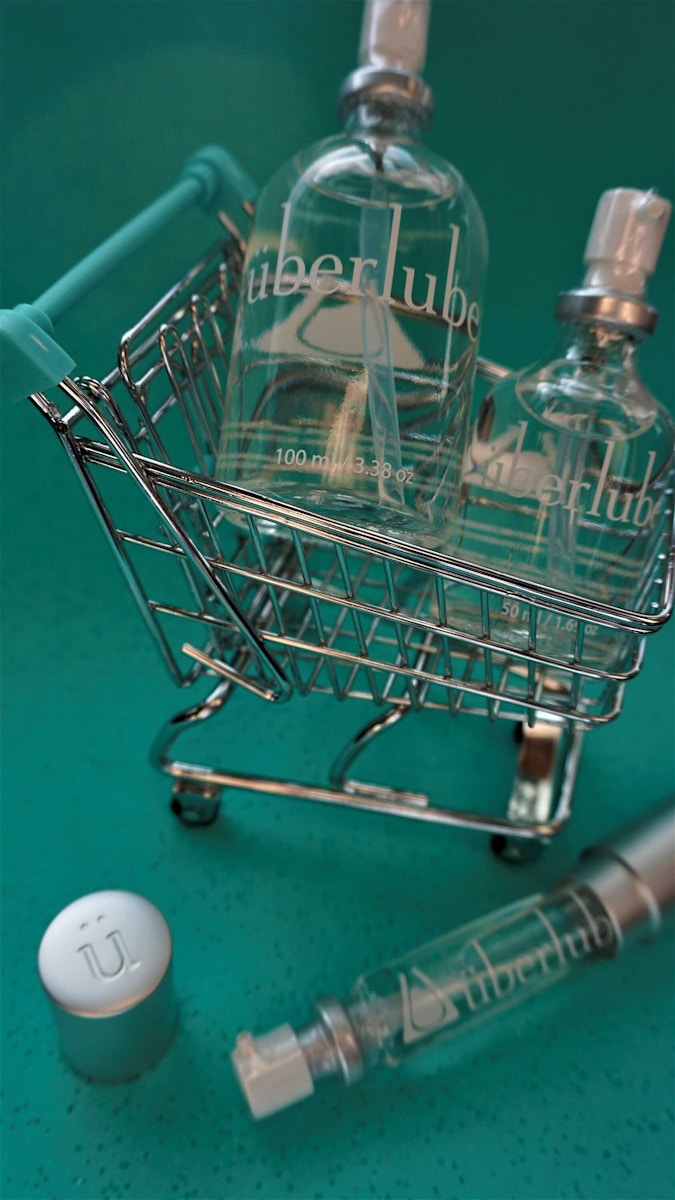Personal lubricants can be a game changer for intimate experiences, providing comfort and enhancing pleasure for both women and men. However, like any product, lubricants have specific storage and maintenance requirements to ensure they remain effective and safe. Understanding how to properly store and maintain your lubricants can significantly extend their shelf life and effectiveness. In this blog post, we’ll explore practical tips for storing and maintaining personal lubricants, ensuring you get the most out of your investment.
Why Proper Storage Matters
Lubricants come with various ingredients that can be sensitive to exposure to light, air, and extreme temperatures. Improper storage can deteriorate their quality, leading to reduced effectiveness, changes in texture, or even harmful bacterial growth. Proper storage not only enhances longevity but also prioritizes safety for intimate use.
Tips for Properly Storing Lubricants
1. Keep It Cool
Ideal Temperature: Most lubricants perform best when stored at room temperature, typically between 68°F and 77°F (20°C – 25°C). Avoid exposing them to extreme temperatures, whether hot or cold, as they can affect the texture and efficacy of the lubricant.
- Example: Water-based lubes, like Sliquid H2O, should not be stored in places where temperatures can exceed typical room conditions, such as near heaters or in direct sunlight.
2. Avoid Sunlight Exposure
Dark Storage: Light can break down the ingredients in lubricants and compromise their effectiveness. Store lubricants in a dark cabinet or drawer to minimize exposure to light.
- Tip: If your lubricant comes in a clear bottle, consider transferring it to an opaque container to further protect it from light damage.
3. Seal It Tightly
Prevention of Contamination: Always ensure the cap is tightly closed after each use to prevent air from entering and causing oxidation. This can also help avoid contamination from other products or external substances.
- Example: Lubricants like KY Jelly are often packaged to ensure easy sealing, which helps maintain freshness.
4. Check the Expiration Date
Regularly Review: Lubricants typically come with an expiration date printed on the packaging. Regularly review the expiration date and discard any products that are past their prime to avoid potential irritation or health issues.
- Tip: If you’re unsure when you purchased your lubricant, consider marking the date on the bottle when you first open it, allowing you to track its age more easily.
5. Use Clean Hands or Tools
Hygiene First: Always use clean hands or a clean applicator to dispense lubricant. This reduces the risk of introducing bacteria or other contaminants into the bottle.
- Example: Products with pump dispensers, such as Toko Aqua, minimize the need to insert fingers into the bottle, offering an added layer of hygiene.
Maintaining Lubricant Quality
1. Store in Original Packaging
Preservation of Quality: Whenever possible, keep the lubricant in its original packaging. Manufacturers design containers to protect the product. Transferring lubricants to other containers can expose them to air and contaminants.
2. Avoid Mixing Lubricants
Consistency is Key: If you use different types of lubricants (water-based, silicone-based, and oil-based), avoid mixing them. Combining different formulas could lead to unexpected chemical reactions and affect their consistency and effectiveness.
- Example: Mixing a silicone-based lubricant like Pjur Premium with water-based lubricants can result in a less effective product.
3. Follow Specific Instructions
Manufacturer Guidelines: Always read the storage instructions provided by the manufacturer on the lubricant’s packaging. Some products may have unique storage requirements that differ from general guidelines.
4. Regularly Check for Changes
Assess Quality: Before each use, inspect lubricants for any inconsistencies in texture, smell, or color. If you notice anything unusual, it’s best to discard the product.
Conclusion
Properly storing and maintaining personal lubricants is essential for ensuring their longevity, safety, and effectiveness. By following these simple tips—keeping them cool, protecting them from sunlight, tightly sealing containers, and checking expiration dates—you can enjoy longer-lasting lubricants that enhance your intimate experiences. Remember, using quality products will also contribute to your overall satisfaction and safety.
References
- Sliquid Product Information – Provides details on the proper storage of water-based lubricants.
- American Sexual Health Association (ASHA) – Offers insights into lubricant safety and usage.
- The World Health Organization (WHO) – Recommendations for the safe use of personal care products.
By equipping yourself with knowledge about proper lubricant storage and maintenance, you can elevate your intimate encounters while focusing on pleasure and connection.
